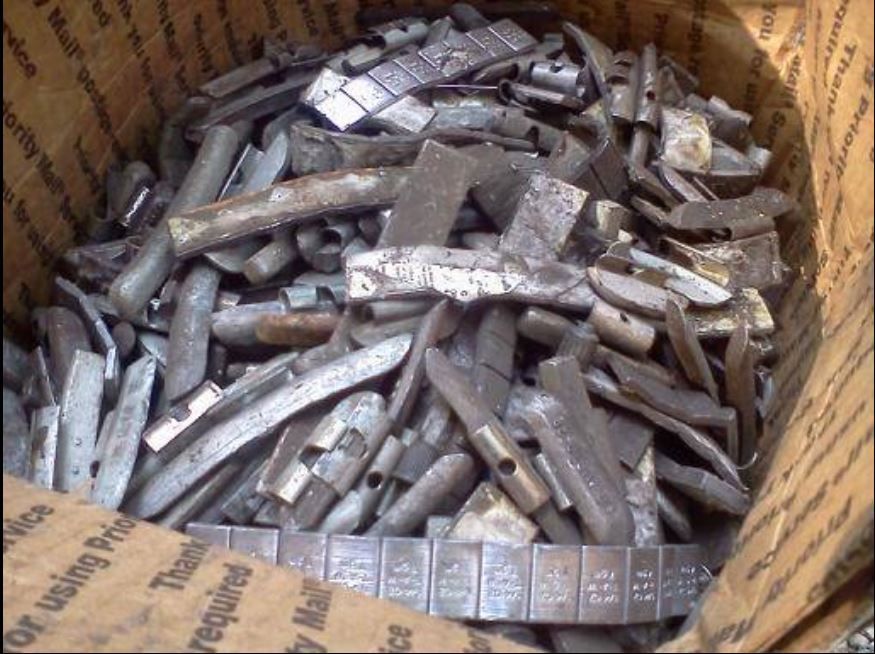I used to put ground clay, or kitty litter, on the top of my melt to keep the oxygen away from the top of the alloy (a RCBS Pro Melt) as it was used from the bottom. I had read that several people do this and it seemed to work great. I would just put the sprues back on top of it later and give em a poke and they would sink back down and the clay would float again. I did this fairly successfully for nearly a year now, but I started having more inclusions in my bullets and a higher cull rate and it was puzzling me. So today I skimmed the pot clean and started draining it. The more I drained, the more ground clay I found, clinging to the sides of the pot. I thought I had been doing a good job of scraping the sides of the pot when I would stir in some wax and add ingots/sprues, but apparently not. There was quite a lot of clay dust down in there and also stuck to the bottom. I thought the stuff was s'posed to float. 
So now I'm going to try sawdust on top of the melt and see how that works. Maybe it will float better and also help float some of the stuff from the bottom when I'm digging at it with my paint stirrer.
I already resmelt any ingots/weights that I buy, using another pot, and use lots of wax and sawdust to clean it before making my ingots that go in the casting pot.
So now I'm going to try sawdust on top of the melt and see how that works. Maybe it will float better and also help float some of the stuff from the bottom when I'm digging at it with my paint stirrer.
I already resmelt any ingots/weights that I buy, using another pot, and use lots of wax and sawdust to clean it before making my ingots that go in the casting pot.



